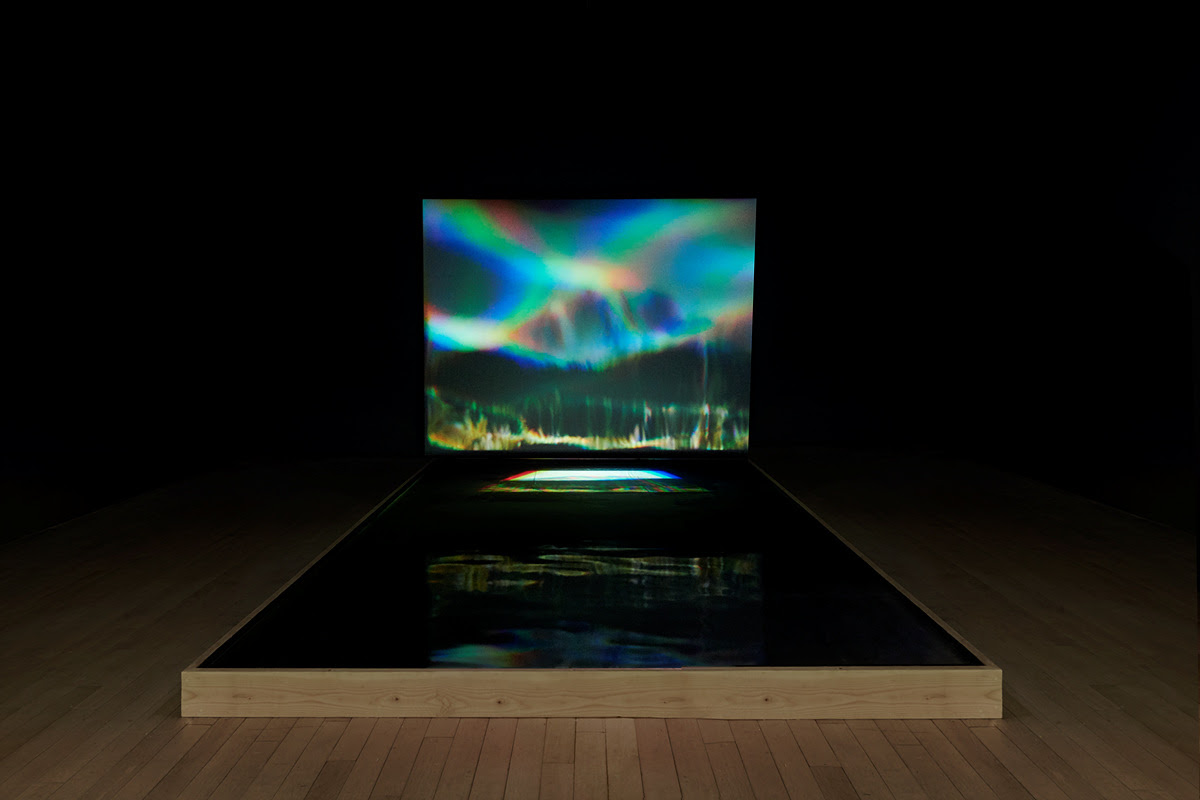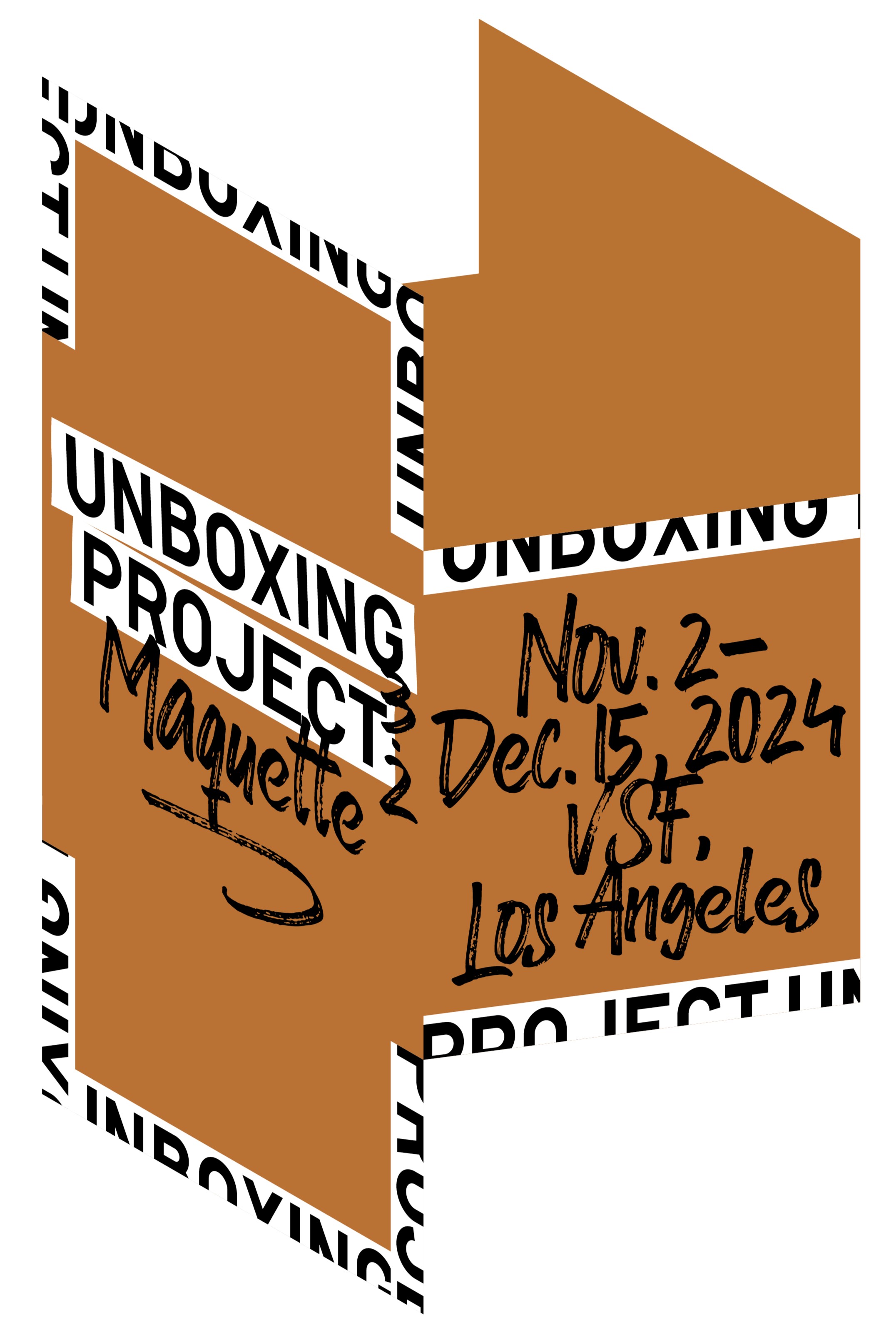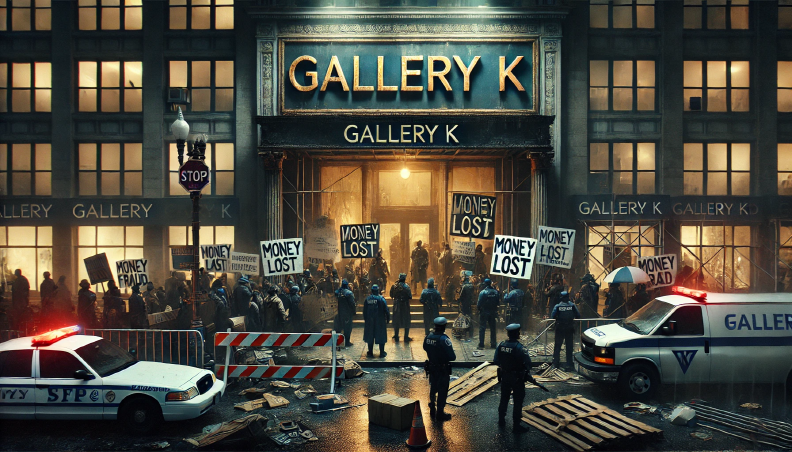 “Kim Yun Shin” Installation view ©Kukje Gallery
“Kim Yun Shin” Installation view ©Kukje GalleryKukje Gallery presents “Kim Yun Shin”, a solo exhibition by the Korean sculptor Kim Yun Shin, on view through April 28, at K1 and K2 in Seoul.
Since relocating to South America in the mid-1980s, Kim has forged an independent path as an artist, developing a singular visual language that bridges her experience as a woman artist and ex-patriot while also highlighting her unique position vis-à-vis mainstream Modernism in Korea from which she remained physically and conceptually separated. Driven by a keen interest in and respect for natural materials, she has especially dedicated herself to exploring the inherent properties of wood with a profound respect for its materiality.
As the gallery’s first project with the artist, this exhibition also marks the first presentation of Kim’s work since her recent move back to Korea, her homeland, after having lived in Argentina for almost four decades. Taking place across K1 and K2, the exhibition highlights approximately 50 works by the artist, including wood sculptures based on her unique philosophy of “Add Two Add One, Divide Two Divide One (合二合一 分二分一),” a central concept that has guided her artistic practice since the 1970s. The exhibition will also include paintings that Kim has produced consistently over her prolific career.
Since the mid-1970s, Kim has organized her sculptural practice under the title of Add Two Add One, Divide Two Divide One, an expression that encompasses her sculptural practice. Based on the Eastern philosophy of Yin and Yang, this cosmic phrase conceived by Kim in the 1970s revolves around the interconnected dialectics of addition/integration and division/fragmentation. According to the artist, all matter in the universe can be described by the interchange in which two heterogeneous elements meet (“add two”) and become one through interaction (“add one”); this sum is then divided into two again (“divide two”) so each becomes one (“divide one”). This infinitely repeating dynamic not only forms the basis of her artistic philosophy and a way of life, but can also be applied to her sculptural process, which begins by observing the material for a long time with an intimate attention to the natural qualities of the found wood.
Attuning her energies to the innate vital rhythm of her material, she takes her chainsaw to chip and carve away at the material based on the instinctual cue of the ‘right moment.’ Through an intuitive and labor-intensive approach, the wood and the artist become “one” and form a union (add 合); this process of union is then subject to multiple stages of fragmentation that involve dividing and creating space in the material (divide 分). As a result, the true “division” of the wood is rematerialized in the form of an artwork.
Kim’s visual grammar that straddles painting and sculpture naturally led her to an attempt at painting her wood sculptures. This group of painted sculptures became a field of experimentation with color and geometry for Kim, who was motivated into this direction after discovering an unexpected correspondence between premodern South American and Korean folk traditions and symbolic systems.
Due to limited access to materials during the global pandemic, Kim has recently begun to focus on collecting pieces of wood available around her, a more organic approach that in turn has propelled her renewed interest in painting her sculptures. These new painted sculptures, comprising collaged, fragmented, and recycled wood covered with acrylic paint, illustrate another type of ‘Add Two Add One, Divide Two Divide One’ based on an integration and division of the two mediums of painting and sculpture. With her open-minded spirit and unflinching nature, Kim continues to expand her universe by fluidly moving between painting and sculpture, thereby reinvigorating the artistic potential of her chosen materials while remaining unafraid to take a leap, even at this precise moment.














